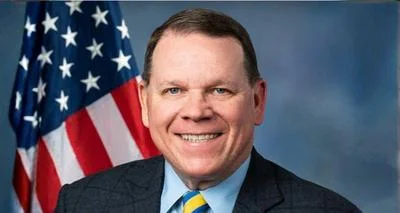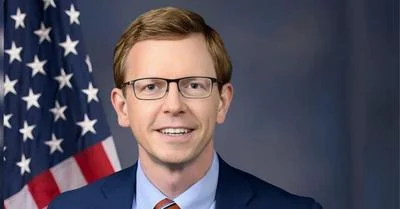“This is a hearing on “the economic models available to the Joint Committee on Taxation for analyzing tax reform proposals." Let me first say that I hope that neither this hearing nor anything said here today is construed as a criticism of the Joint Committee, its work or its staff.
“The dedicated team of economists, lawyers and other professionals at the Joint Committee produce some of the very best economic analysis in the country, and do so not in an academic or think tank environment, but under the pressures and at the pace of the legislative process. This Committee could not function without them, and I thank them for their service.
“The debate over “dynamic" scoring has been going on for years. During the Bush Administration, the Republican majority in leadership and Ways and Means members argued that the Bush tax cuts would pay for themselves and create millions of jobs. Whether guided by this notion or by none, the Majority ruling this Committee never paid for anything.
“At the end of the Bush Administration, we had a $1.5 trillion deficit and an economy that was losing 700,000 jobs a month. There were other factors, but there was nothing dynamic about the fiscal irresponsibility of the Republican majority.
“After reviewing last night today’s testimony, and grappling with all of complexities, I urge that we should not become embroiled in a theoretical debate at this particularly challenging time for our nation’s economy for two reasons:
“First, in addition to there being no evidence that tax cuts pay for themselves, even most who sound some positive notes about so-called dynamic scoring acknowledge problems that make such an approach unworkable as we confront today’s challenges. The reality is that there is simply no consensus in the economics profession about how businesses and individuals will respond to changes in policy, how foresighted they are in their decision making, or on a host of other questions that would have to be answered to conduct a “dynamic" analysis of tax legislation.
“Secondly, and most vitally, there is a crisis right before us -- before the Committee: economic growth and jobs. This Committee should be focused on jobs. The 14 million Americans who are looking for work need less theoretical discussion of estimating methodology and more practical action on job creation.
“One estimate is Mark Zandi’s that the President’s proposed American Jobs Act would add 2 percentage points to GDP growth next year, add 1.9 million jobs, and cut the unemployment rate by a percentage point.
“Committee Democrats have asked the Chairman to hold hearings on the President’s American Jobs Act. We have not received an answer and we renew that request today.
“The President’s proposal would jumpstart our economy and create jobs for American workers. It would put more money in workers' pockets through a temporary payroll tax cut, saving the average family $1,500 a year. It would also keep over six million workers from losing their unemployment benefits while they continue searching for work and provide new employer incentives to help get them hired.
“These job proposals are in the jurisdiction of this Committee. It is our responsibility to consider them and I hope this Committee will meet that responsibility here and now."








